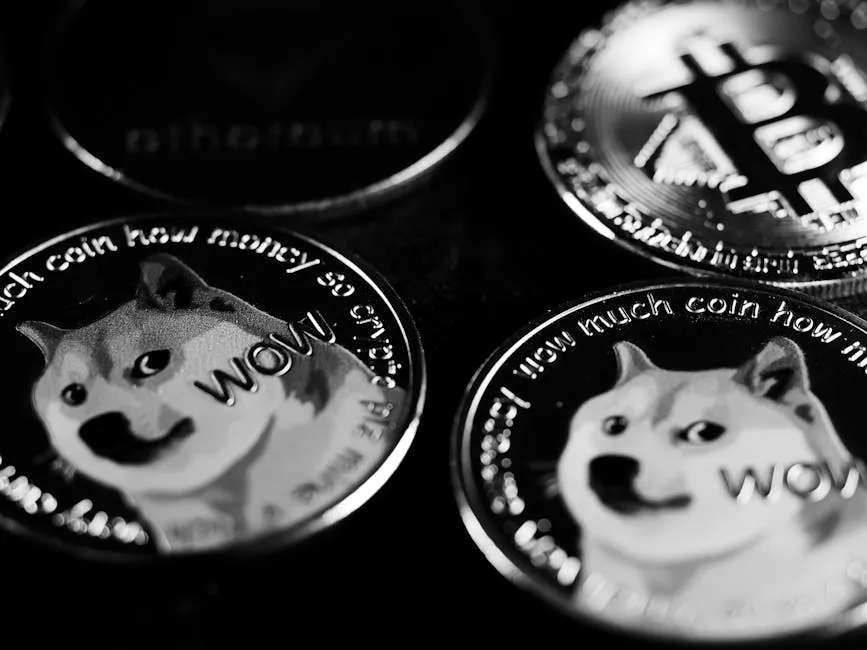
Understanding the Key Differences Between NFTs and Memecoins
In the ever-evolving world of cryptocurrency, two terms often generate confusion: Non-Fungible Tokens (NFTs) and memecoins. While both fall under the umbrella of digital assets, they serve fundamentally different purposes and possess distinct characteristics. Understanding these differences is crucial, especially when it comes to navigating the complex landscape of investments and tax implications.
What Are NFTs?
NFTs, or Non-Fungible Tokens, represent unique digital assets verified using blockchain technology. Each NFT is distinct and cannot be exchanged on a one-to-one basis like cryptocurrencies such as Bitcoin or Ethereum. This uniqueness allows NFTs to represent ownership of various forms of digital content, including art, music, games, and even virtual real estate.
The value of an NFT often stems from its rarity, the reputation of the creator, and its perceived utility or desirability within a specific community. For instance, acquiring a famous digital artwork as an NFT can be seen as a status symbol, akin to owning a physical painting from a renowned artist.
What Are Memecoins?
On the other hand, memecoins are cryptocurrencies that often start as a joke or a meme. Popular examples include Dogecoin and Shiba Inu, which have gained massive popularity due to their playful branding and community-driven culture. While memecoins can offer substantial returns, they are typically characterized by high volatility and speculative trading.
Unlike NFTs, memecoins are fungible, meaning one unit of a memecoin is interchangeable with another. This makes them more similar to traditional currencies, where the value is determined by market demand rather than the unique characteristics of an individual asset.
The Importance of Differentiation
Confusing NFTs with memecoins can have serious implications, particularly when it comes to taxation and regulatory compliance. Each type of asset is treated differently under various financial regulations. For instance, the tax treatment of a sale involving an NFT may differ significantly from that of a transaction involving a memecoin.
Investors must be aware of these distinctions to avoid potential pitfalls. Misclassifying an NFT as a memecoin could lead to incorrect tax reporting, resulting in penalties or fines. Conversely, failing to recognize the speculative nature of memecoins could lead to substantial financial losses.
Conclusion
In summary, while NFTs and memecoins are both integral parts of the digital asset ecosystem, they cater to different markets and investors. NFTs provide a means of owning unique digital property, while memecoins represent a more whimsical and often volatile investment opportunity. By understanding the key differences between these two types of assets, investors can make informed decisions and better navigate the complexities of the cryptocurrency landscape.
As the digital asset market continues to mature, staying informed and discerning between the various investment options will be essential for anyone looking to capitalize on the growing trend of cryptocurrency.



